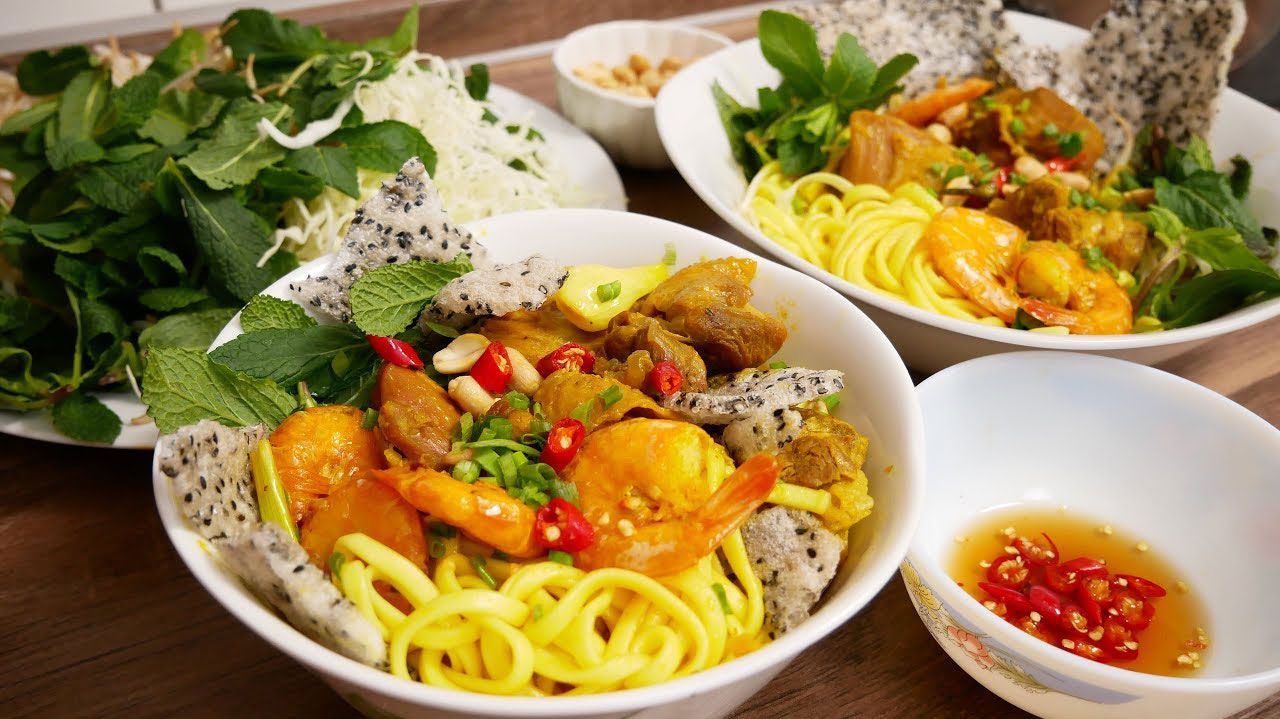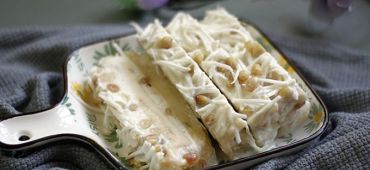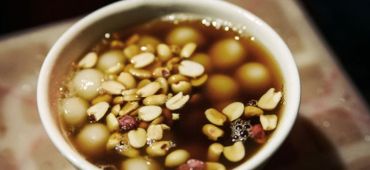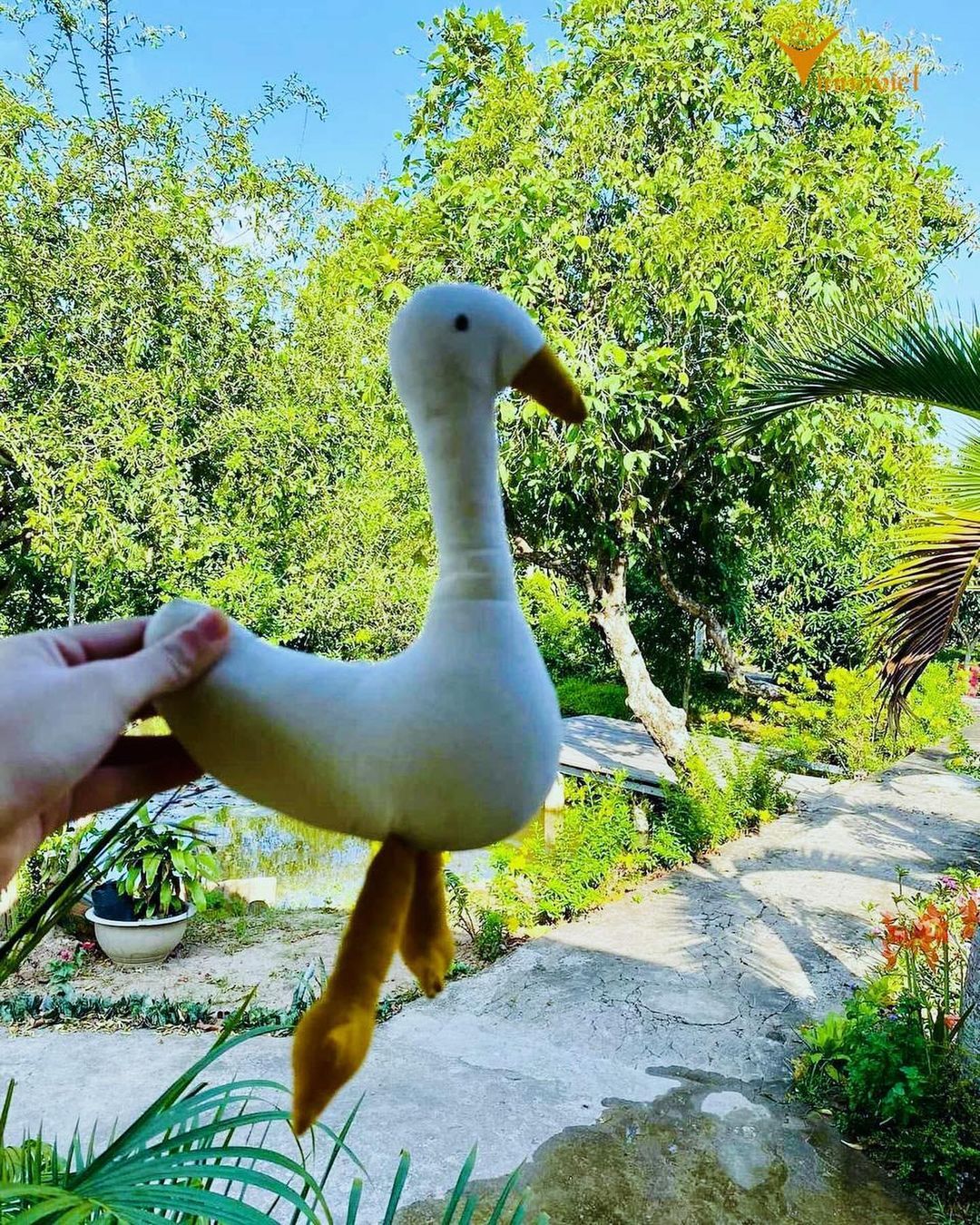Hoi An is renowned not only for its picturesque beauty, with its old-world charm and tranquility, but also for its distinctive and varied cuisine. The exploration of unique culinary offerings is a significant draw for tourists visiting this enchanting destination. Street food, in particular, stands out as a highlight of Hoi An's gastronomy, and these delectable treats can be found along the streets, tucked away in cozy alleys, or within bustling local markets. Indulging in street food promises to be an unforgettable experience, one that will leave a lasting impression. Join us as we uncover ten delectable street dishes that are a must-try when you're in Hoi An.
1. Quang Noodle (Quang Noodles)

Known as "mi Quang," this dish hails from Quang Nam Province but has garnered widespread popularity both among locals and foreigners across the country.
Its distinctive features include delicate, flat rice noodles coated in a tantalizing blend of peanut oil infused with fried onions, typically accompanied by a golden-hued broth.
In its traditional form, mi Quang boasts shrimp and pork as its primary ingredients, contributing to both the flavorful broth and serving as delectable toppings, complemented by the addition of peanuts and crisp rice crackers. Over time, the dish has evolved to incorporate an array of toppings, including chicken, fish, squid, eggs, snails, and even frogs, providing a diverse and flavorful culinary experience.
2. Cao Lau

Cao lau, a unique rice noodle dish, is believed to have originated in Hoi An, and while equally delicious, it tends to be less renowned than its counterpart, mi Quang.
In some aspects, Cao lau shares similarities with Chinese and Japanese noodle varieties. Its noodles, for instance, possess an al dente quality, resembling the raw and substantial texture of Japanese udon noodles. The dish features toppings such as pork slices, reminiscent of Chinese char siu or grilled pork.
What truly sets Cao lau apart is its accompaniment of an abundance of fresh herbs and vegetables, which significantly elevate its flavors, making it a distinct and delightful culinary experience.
3. Chicken Rice (Chicken Rice)
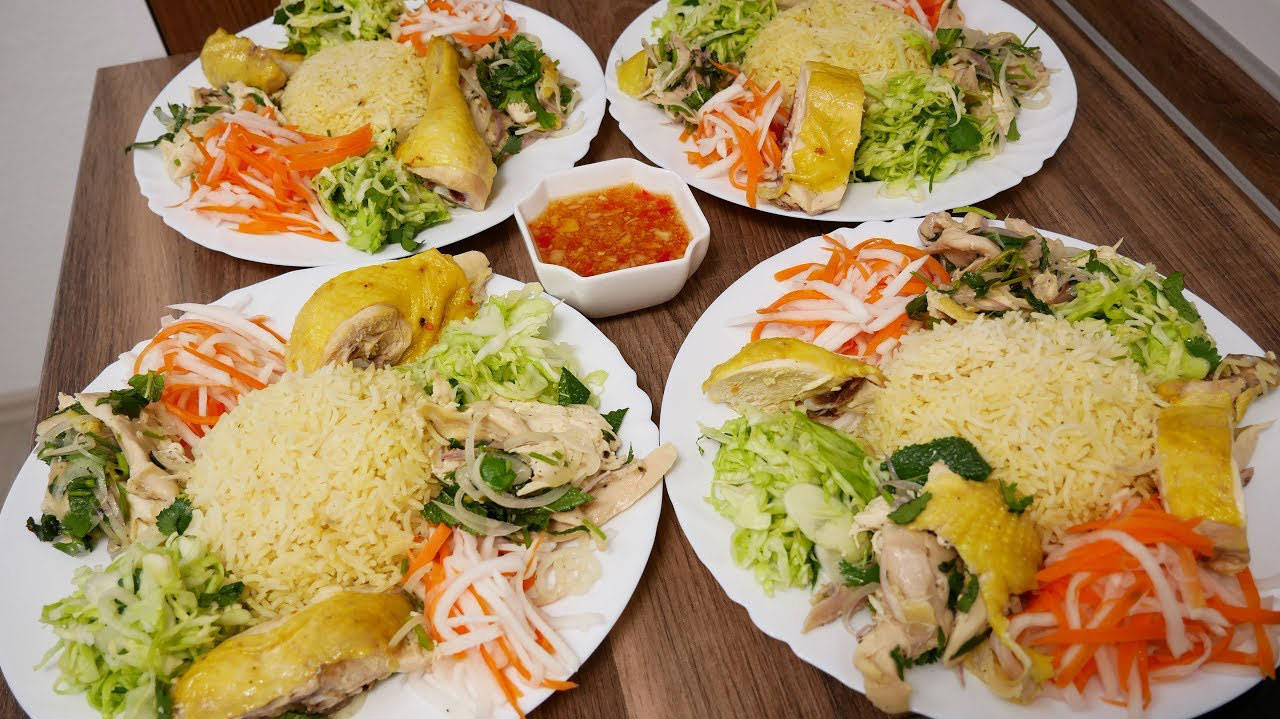
Com ga, commonly known as chicken rice, may not be exclusive to Hoi An, but the locals have mastered the art of refining it into one of their signature dishes.
A plate of chicken rice in Hoi An is a tantalizing sight, featuring fragrant, golden-hued rice adorned with meticulously hand-shredded chicken and a medley of aromatic herbs. Accompanied by a small bowl of soup, containing chicken giblets such as the heart and liver, it promises a mouthwatering experience.
The secret to crafting the renowned com ga of Hoi An lies in the meticulous selection of top-quality rice and chicken. The rice is expertly seasoned and cooked with chicken broth and fragrant pandan leaves, all achieved through the use of wood-fired clay ovens, resulting in a dish that is nothing short of culinary perfection.
4. Hoi An Bread (Hoi An Bread)

The Hoi An Banh Mi, a masterpiece of culinary art, boasts perfection from its very core to its outermost layer. Its crust, delicately thin yet irresistibly crispy, offers a sensory delight. With each bite, a distinct texture unfolds in your mouth, accompanied by the satisfying, audible crunch as you press down gently.
The crumb of the Banh Mi, in stark contrast, is a study in softness and airiness, resembling nothing short of a fluffy, ethereal white cloud drifting through the sky. This harmonious marriage of the crispy crust and the tender, sweet crumb creates an unparalleled sensory experience, one that is nothing short of sheer perfection.
5. Grilled Pork warped in rice paper with Vegetables (Grilled pork rolls)
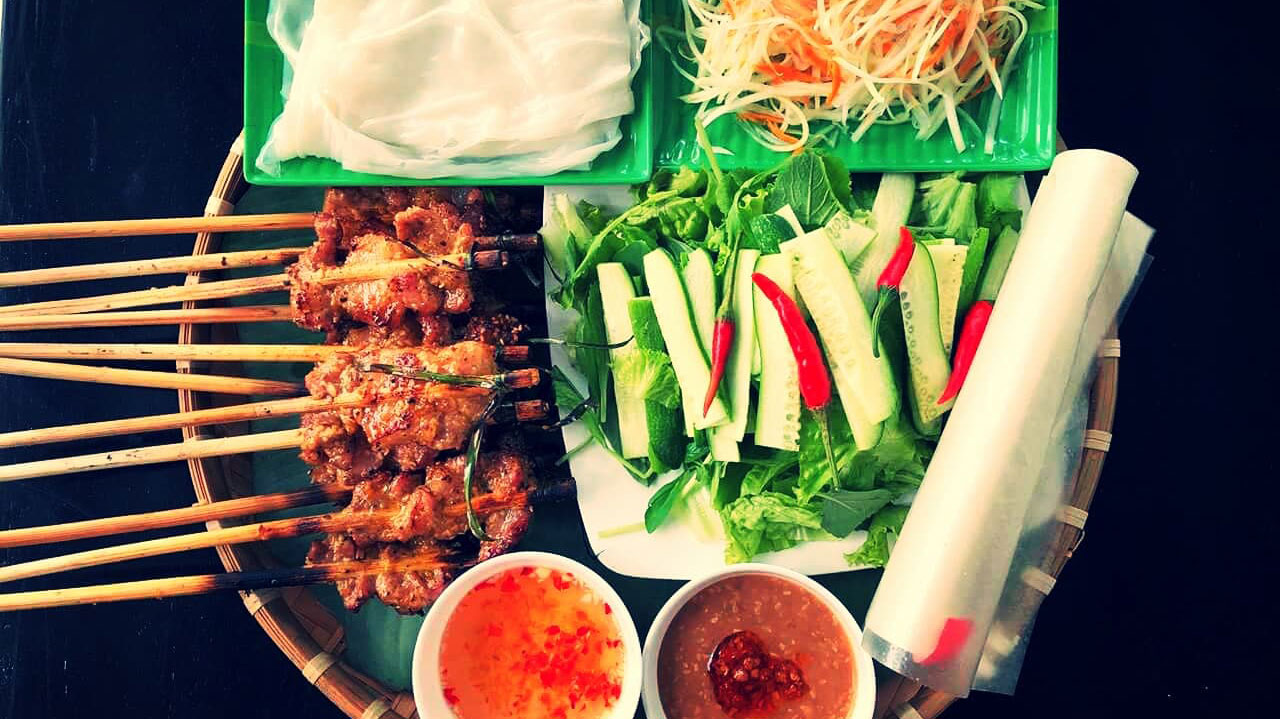
Banh cuon thit nuong, also known as wet pancakes rolled with grilled pork, is a common dish typically found in restaurants specializing in Central Vietnamese cuisine, including Hue. However, when in Hoi An, be sure to explore the local street stalls lining the picturesque Hoai River for an authentic experience.
The dish is traditionally served on a platter featuring a stack of delicate wet rice pancakes, skewers of succulent charcoal-grilled pork, a vibrant assortment of fresh herbs and vegetables, and a side of delectable peanut sauce for dipping. As you savor this dish, you have the delightful opportunity to craft your rolls at the table. And don't fret over the appearance of your hand-rolled creations; after all, when the food is exceptionally delicious, aesthetics tend to take a backseat.
6.Fried rice pancake

While not an absolute must-try in Hoi An, the fried rice pancake is certainly a culinary gem that warrants exploration during a food tour of the area. Often referred to as the "sizzling cake" among English speakers, it enjoys a notable popularity in Hoi An, particularly during the rainy season.
Distinguishing itself from its counterparts in other regions, Hoi An's banh xeo is predominantly filled with succulent shrimp, as opposed to the more common pork or beef fillings. Additionally, it features hulled mung beans and crisp bean sprouts as complementary components. Notably, the Hoi An version tends to be smaller in size, especially when compared to its southern counterpart.
The dish arrives piping hot, accompanied by an abundant array of aromatic herbs and vibrant green vegetables, elevating the overall culinary experience.
7. Vietnamese Savory Steamed Rice Cake (Banh Beo)

In contrast to its Hue counterpart, Hoi An's banh beo, or steamed rice pancake, distinguishes itself with its substantial size and thickness. The topping sauce, notably thick and sporting a brick-red hue, derives its color from a mixture of achiote or tomato juice combined with shrimp and pork.
Some vendors incorporate sugar into the pancake batter, infusing a subtle sweetness into the cakes. This intriguing blend of sweetness, alongside the savory and spicy nuoc mam (fish sauce) dipping sauce, may initially give pause to some. However, the truth is that many find themselves irresistibly captivated from the very first bite.
The distinctive flavors of Hoi An's banh beo are further enriched by the inclusion of fried shallot slices, oil, and deep-fried cao lau noodles used as additional toppings. While this delectable treat can be found throughout Hoi An, the most exceptional renditions are often discovered at street vendors and quaint eateries.
8. White Rose Dumplings (Banh Bao – Banh vac)

This renowned dish, in fact, comprises two distinct types of steamed rice dumplings.
Banh vac features a delectable filling comprised of ground shrimp, garlic, spring onion, lemongrass, and a medley of spices. In contrast, banh bao boasts minced pork and savory mushrooms as its primary fillings.
Among English speakers, they are charmingly referred to as "white roses," although it's important to note that only one of these two dishes truly lives up to this poetic name, while the other bears a closer resemblance to Chinese jiaozi or pot stickers in appearance.
The dish is traditionally accompanied by a dipping sauce crafted from shrimp broth, further enhancing its flavor profile.
We hope that your experience will be nothing short of amazing
JOIN OUR FACEBOOK GROUP HERE to learn our tips as well as discuss them before going to these locations.

